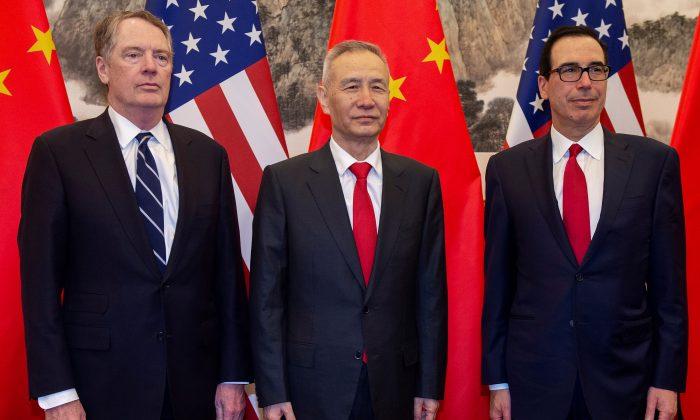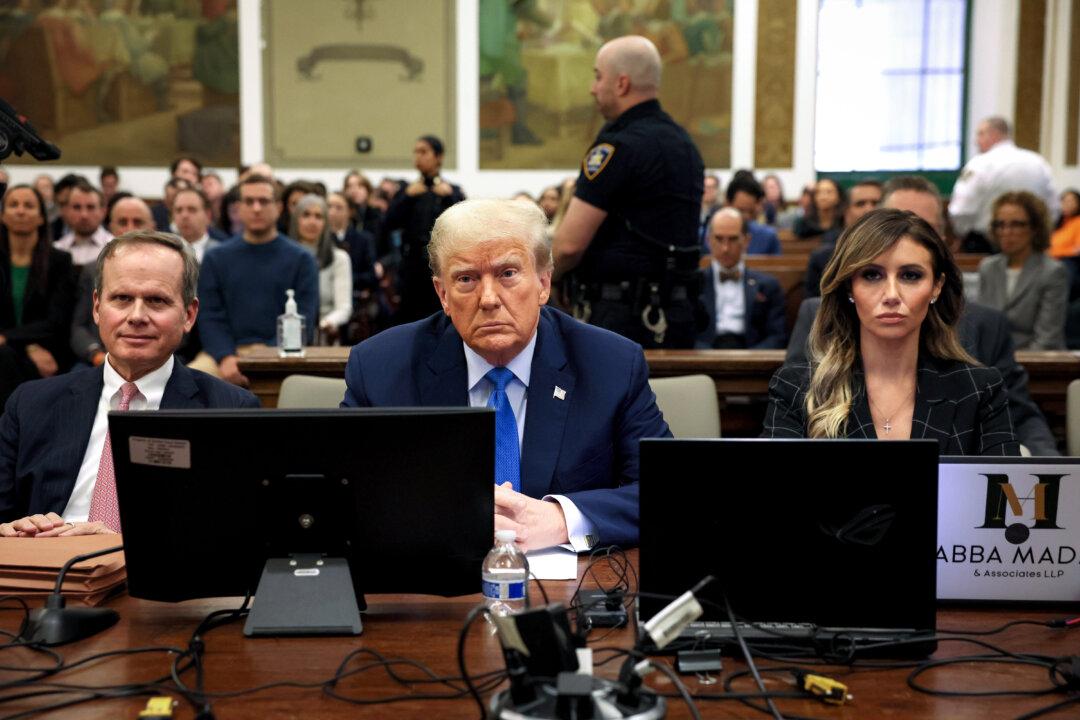As of May 10, trade talks between the United States and China had stalled. Then on May 13, China retaliated by raising tariffs up to 25 percent on $60 billion worth of U.S. products. There’s also the possibility that China will sell a significant portion of U.S. Treasury bonds as well as the trade war heats up.
How far will things go before both sides agree to reconsider? That remains to be seen, but optimism may be misplaced at this point.
Conflicting US and Chinese Goals
In broad strokes, the United States wants to continue to lead the world and manage international financial institutions based on the U.S. dollar and maintain the reserve currency status. China, along with Russia, wants to overthrow the current international system and replace the dollar as the world’s reserve currency.The United States also seeks to minimize China’s rising influence in the Asia-Pacific region. This includes keeping Taiwan free from mainland China, maintaining a close defense relationship with Japan, and denuclearizing the Korean Peninsula.
The United States also insists on keeping key sea lanes open to international trade with its unmatched naval forces. China, of course, wants to push the United States out of the region, conquer Taiwan, bring Japan to heel, and leverage North Korean nuclear tests to challenge U.S. power.
China’s Commitment to Vision of Global Hegemony
It’s not a question of whether the world is better off with a U.S.-led liberal international order based on more or less free market principles, or with a new, Chinese-led one based on command economy subsidies that distort market prices. From China’s perspective, that decision has already been made.China’s Fascist Posture
What must be realized by U.S. negotiators and the Trump administration is that as far as China is concerned, their cake is already baked. Xi Jinping and his party cadre are a radical departure in the post-Mao era and are committed to transforming the international trade and financial system in their image, with China at the center of it.The notion that foreign powers, least of the United States, would be able to compel the CCP to change its internal laws regarding banking, lending, and manufacturing processes to conform to international standards is, to them, unimaginable. Economic planning and business activities are in China are arranged in a top-down, opaque process derived from party mandates, an incestuous relationship between banks, party members, and corporate leadership, among other internal factors.
For example, loans to Chinese manufacturers often aren’t paid off by the State Owned Enterprises, they’re just rolled into larger loans. Market penetration and adversarial trading practices to destroy foreign competition are a much higher priority than profit margins, balance sheets, and other typical accounting performance measures. The capitalist imperatives of competition, free markets, as well as profit, play no role in the juggernaut that is the Chinese fascist state in its drive to reach hegemonic status. They have aligned their monetary and industrial policies accordingly.
There’s No Win-Win Deal
There are other major points of conflict, of course, including forced technology transfers, technology and IP theft, and currency manipulation. But the subsidization of production—and all that it entails as to how the Chinese economy is organized—is a fundamental obstacle.The Trump administration is well aware of the pressure U.S. farmers are feeling as China buys soybeans elsewhere. Other U.S. industries will bear the costs of the trade war as well, as will the equity markets.
But any deal that furthers China’s ability to fulfill its ultimate goals for global hegemony outlined in the Made in China 2025 plan and the One Belt, One Road initiative is a short-sighted one that harms U.S. interests as well as most of the world’s in the long term.
The simple fact remains that China has been waging a trade war against the United States for decades. It’s only now that we’re responding to it.
For the past 70 years or so, the majority of the world has functioned on the international trade and financial agreements put in place by the United States after World War II. It’s safe to say that the world is better off because of those institutions.
The big picture is that China has not simply been a user of the liberal international trading system, it’s been an abuser of it and remains so today.
China has been violating any and all sorts of agreements—trade, financial, or military—to gain every advantage it can. Now that it has grown into a global economic and rising military power, China seeks to remake the system in its own authoritarian image.
This process shows a fundamental concept of trade. Trading with geopolitical adversaries is one thing; trading with geopolitical adversaries who seek your destruction should inspire some careful deliberation.
The notion that somehow nations that trade don’t wage different types of wars upon each other has never been true. Nor has trade ever “opened” a nation up to the world. Military force, or the threat of it, does.
Is the current system perfect? Not at all. Does it work for most of the world? Yes, it does. China, in fact, has gotten rich from the financial and trade system currently in place. It’s what has greatly facilitated the vast direct foreign investment that China has enjoyed for the past 40 years.
Making a trade deal with Communist China is like lighting a firework—it pleasingly lights up the sky (and markets) with bright colors and a big flash. Then the positive image disappears, and you’re left with nothing to hold on to.





